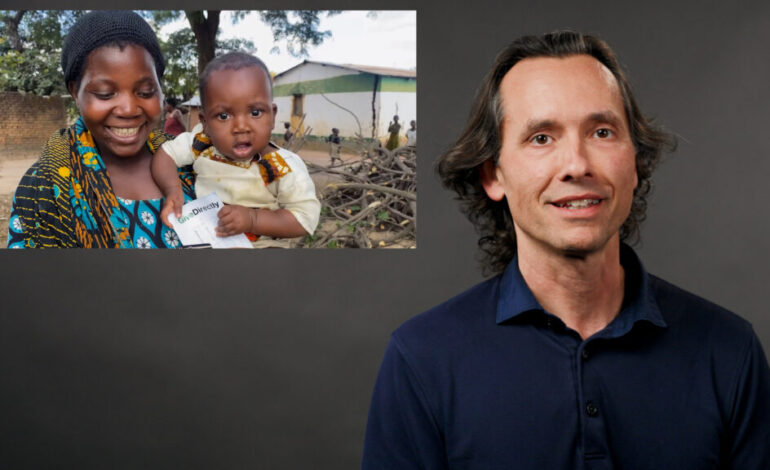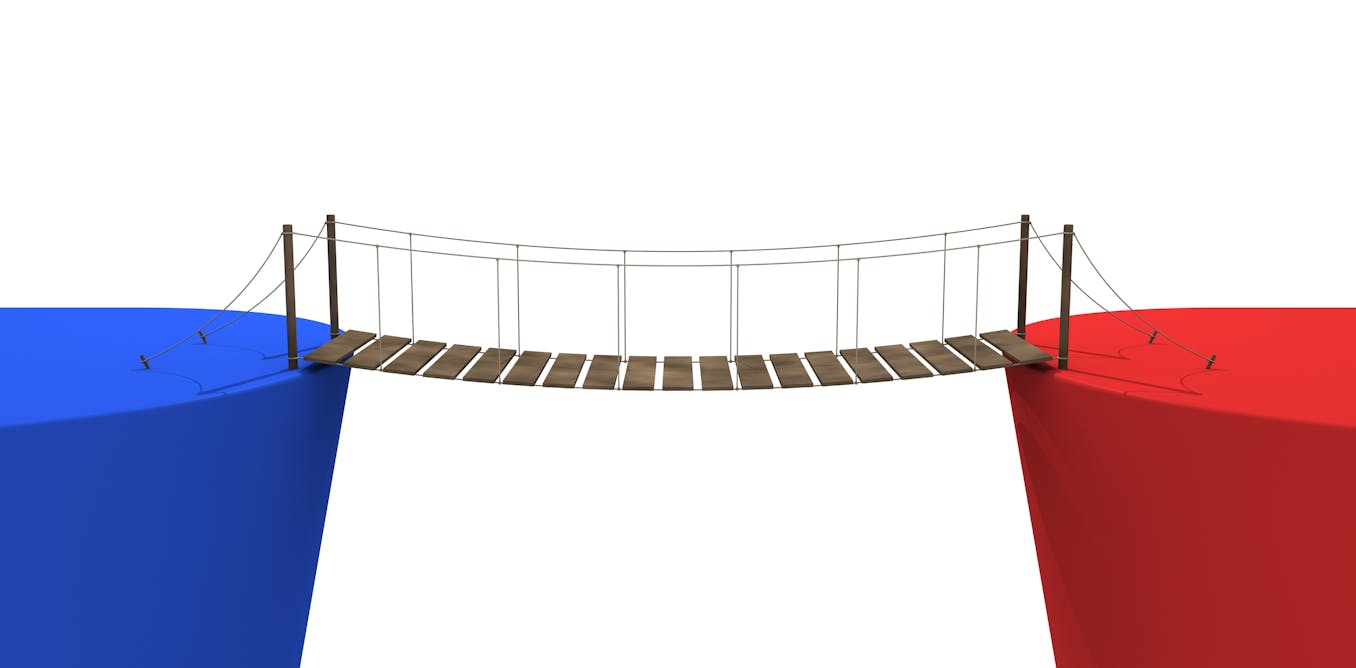UC Berkeley Professor Breaks Down Foreign Aid in 101 Seconds

Edward Miguel, a faculty co-director at the University of California, Berkeley, has distilled complex concepts surrounding foreign aid into a concise 101-second video. This effort aims to clarify how international assistance can effectively improve the lives of some of the world’s poorest populations.
The video, released by the Center for Effective Global Action, showcases Miguel’s insights into the mechanisms of foreign aid and its potential impact on poverty alleviation. He emphasizes that while foreign aid is often a contentious topic, it plays a crucial role in supporting development initiatives across various regions.
Understanding the Mechanics of Foreign Aid
In his brief explanation, Miguel outlines the different forms of foreign aid, including humanitarian assistance, development aid, and technical support. Each type serves a specific purpose, aimed at addressing immediate needs or fostering long-term growth. Miguel argues that understanding the distinct functions of these aid types is essential for evaluating their effectiveness.
Importantly, Miguel points out that foreign aid is not a one-size-fits-all solution. Its success depends on several factors, including the political and economic context of the recipient country. He highlights that aid can be misallocated or mismanaged, leading to unintended consequences. Therefore, rigorous evaluation and accountability mechanisms are necessary to ensure that aid reaches those who need it most.
Impact on Global Poverty
Miguel’s work is rooted in his commitment to improving the lives of marginalized communities. According to recent data from the World Bank, approximately 689 million people still live in extreme poverty, primarily in developing nations. This statistic underscores the urgent need for effective foreign aid strategies.
The professor’s insights contribute to ongoing discussions about the role of international assistance in promoting sustainable development. By breaking down complex ideas into accessible formats, Miguel aims to foster a better understanding among the public and policymakers alike.
The video not only serves as an educational tool but also as a call to action for those interested in global poverty issues. Miguel encourages viewers to engage with the topic further, advocating for informed discussions about how foreign aid can be optimized for maximum impact.
By shedding light on the intricacies of foreign aid, Edward Miguel continues to champion the cause of global development, making a significant contribution to the discourse surrounding effective assistance for the world’s most vulnerable populations.






